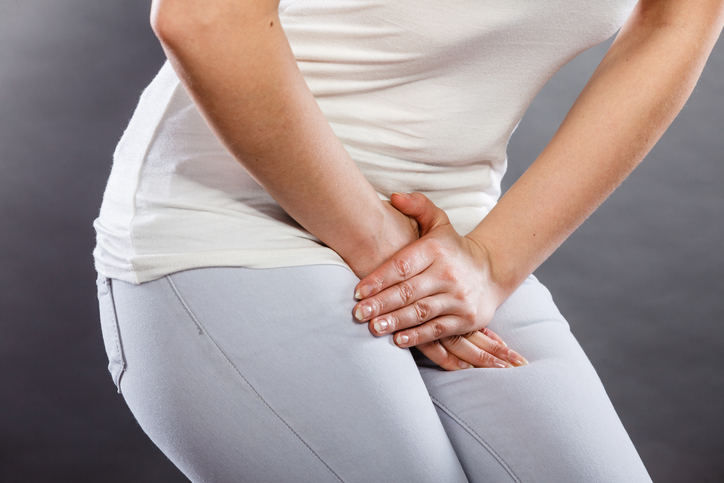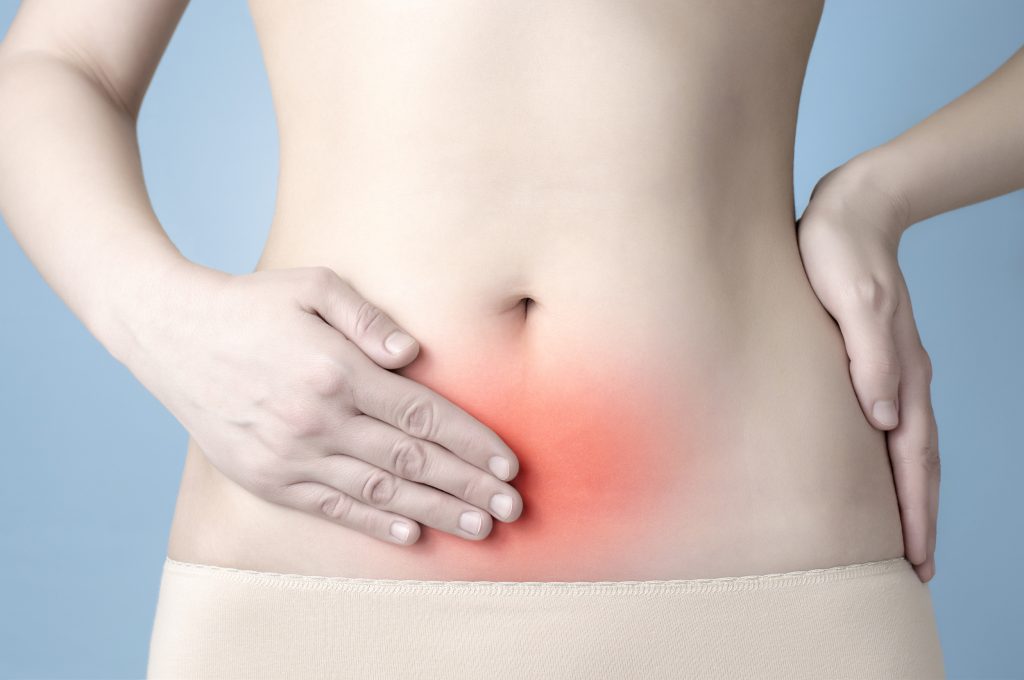Chronic Pelvic Pain
What is chronic pelvic pain? persistent pain perceived in structures related to the pelvis (men or women) associated with negative cognitive, behavioural, sexual and emotional consequences symptoms suggestive of lower urinary tract, sexual, bowel, pelvic floor or gynaecological dysfunction Specific disease-associated pelvic pain: conditions with well-defined classical pathology (such as infection or cancer), Chronic pelvic pain syndrome : those with no obvious underlying cause.


Causes
- Urological: related to bladder (Neoplasm, Interstitial Cystitis/ Painful bladder syndrome), prostrate (chronic prostatitis), scrotum, penis, epididymis, urethra (urethral burning syndrome), post vasectomy pain.
- Gynaecological: vulvar, vestibular, clitoral, endometriosis associated, CPPS, dysmenorrhea, Pelvic inflammatory syndrome.
- Gastrointestinal: irritable bowel syndrome, Carcinoma of the colon, Constipation, Inflammatory bowel disease.
- Neurological: pudendal pain syndrome
- Musculoskeletal: Pelvic floor muscle,Abdominal wall myofascial pain, Chronic coccygeal or back pain, Faulty posture, Fibromyalgia, Neuralgia of Iliohypogastric, Ilioguinal, Pudendal or genitofemoral nerves, Pelvic Floor tension myalgia, Peripartum pelvic pain syndrome.
- Sexological: pelvic pain with sexual dysfunction
- Other : Abdominal cutaneous nerve entrapment in a surgical scar, Somatization disorder, Prior Pelvic Surgery.
Treatment
Goal of treatment is to maximize patient quality of life and overall function, with an emphasis on engaging the patient in self-management. cause and consequence of pain can involve multiple mechanisms, so treatment requires a holistic approach addressing physical, behavioral, psychological, and sexual components. Monitoring of mood, pain, and function will help guide the treatment plan.
LIFESTYLE MODIFICATIONS
- Encourage natural pain modulating systems- sleep and exercise. Physiotherapy can be valuable, particularly for women who have hypercontractility of the pelvic floor.
- Encourage smoking cessation-smoking is associated with higher levels of physical impairment and increased pain
- Dietary modifications may help reduce pain- A high intake of fresh fruit and vegetables is known to decrease free radical/oxidative stress on the body and improve immune function. In addition, many foods and fluids can contribute to chronic pelvic pain by irritating the bladder. Minimizing the intake of caffeine, citrus fruits, spicy foods, carbonated drinks and alcohol may reduce bladder irritation. A diet high in fruit, vegetables and fluid is likely to decrease the womanís risk of constipation while a low FODMAP diet may be beneficial if irritable bowel syndrome is contributing to chronic pelvic pain.
MEDICATIONS
- Appropriate analgesics- acetaminophen and nonsteroidal anti-inflammatory drugs are usually well tolerated.
- Cyclic component to the pain- Hormone therapy (e.g., oral contraceptive, progestogen, levonorgestrel releasing intrauterine system [Mirena], gonadotropin-releasing hormone agonist)are effective for the treatment of dysmenorrhea associated with endometriosis
- Adjuvant analgesics- Tricyclic antidepressants, gabapentin and pregabalin for neuropathic or centrally mediated pain. There is some evidence that these medicines may benefit patients with chronic pelvic pain. SSRI can be added for associated mood disorders.
BEHAVIORAL INTERVENTIONS
- Behavioral health is a critical component of care for patients with chronic pelvic pain, regardless of the underlying cause. One promising treatment method is a hybrid of cognitive psychotherapy and physiotherapy, referred to as somatocognitive therapy. Its goal is to promote awareness of oneís own body, develop coping strategies, and manually release muscular pain. When combined with specific gynecologic/urologic/disease specific care, somatocognitive therapy improves distress, pain experience, and motor function.
SURGICAL INTERVENTIONS
- should be guided by the underlying diagnosis, although some options may be diagnostic. Pain is likely to improve after laparoscopic surgery to treat endometriosis.
- Local injection of steroids may be therapeutic as well as diagnostic when peripheral nerves are involved. If there is sacral nerve involvement, pain relief may be possible with sacral nerve blocks or neuromodulation by means of a surgically implanted device that stimulates the nerve with electric pulses.
Types of Pain
- Neck Pain
- Low Back Pain
- Thoracic Spine Pain
- Headache
- Shoulder Pain
- Elbow Pain
- Wrist Pain
- Knee Pain
- Peripheral Vascular Disease
- Neuropathic Pain Syndromes
- Fibromyalgia And Other Myofacial Pain Syndromes
- Chronic Regional Pain Syndrome
- Facial Pain
- Foot Pain
- Abdominal Wall Pain Syndrome
- Sacroiliac Joint Pain
- Cancer Pain
- Urogenital Pain Syndrome
- Chronic Pelvic Pain